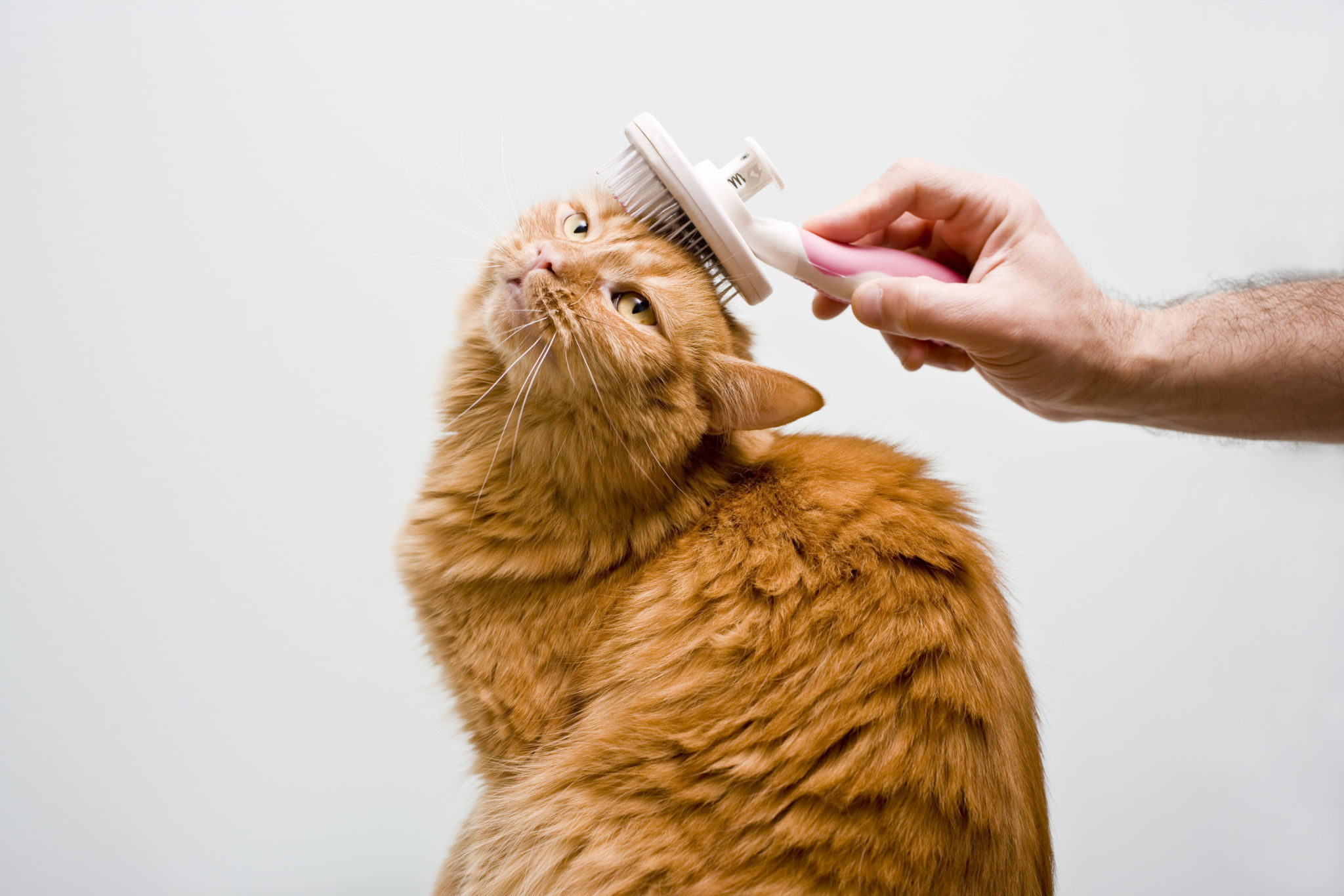DIY Pet Grooming Tips: What You Can Do Between Professional Visits
Understanding Your Pet's Grooming Needs
Regular grooming is essential for keeping your pet healthy and happy. While professional groomers provide in-depth care, there are many things you can do at home to maintain your pet's hygiene and appearance between visits. Understanding your pet's specific grooming needs is the first step in establishing an effective at-home routine.
Different breeds have varying grooming requirements. For instance, long-haired dogs may need more frequent brushing to prevent matting, while short-haired breeds might require less intense maintenance. Cats, although self-groomers, can benefit from regular brushing to reduce shedding and hairballs.

Brushing and Coat Care
Brushing your pet's coat not only helps in removing loose fur and dirt but also stimulates the skin, promoting healthy hair growth. For dogs, using a slicker brush or comb can help untangle knots and remove dead hair. Cats often enjoy a gentle brushing session with a soft bristle brush.
Establish a routine by brushing your pet once or twice a week. This will help reduce shedding and the formation of mats. Make the experience enjoyable by rewarding your pet with treats or affection, turning grooming into a bonding activity.
Tools You Might Need
- Slicker brush for detangling
- Soft bristle brush for gentle grooming
- Deshedding tool for heavy shedders
- Comb for thorough coat maintenance

Bathing Your Pet
Bathing can be an essential part of your pet's grooming routine, but over-bathing can strip natural oils from their coat. Most pets only need a bath once every month or so unless they get particularly dirty. Always use a pet-friendly shampoo to avoid skin irritation.
When bathing your pet, ensure the water temperature is lukewarm, and rinse thoroughly to remove all shampoo residue. For pets with skin conditions, consult your veterinarian for specialized products that cater to their needs.
Quick Bath Tips
- Brush your pet before bathing to remove excess hair.
- Use a non-slip mat in the tub to prevent accidents.
- Dry your pet thoroughly with a towel or gentle blow dryer.

Nail Trimming and Ear Cleaning
Nail trimming is crucial to prevent overgrowth, which can lead to discomfort or injury. Invest in a good pair of pet nail clippers and trim conservatively to avoid cutting the quick, which is the sensitive part of the nail.
Regular ear cleaning helps prevent infections, especially in breeds with floppy ears. Use a vet-recommended ear cleaner and cotton balls to gently clean the outer ear without inserting anything into the ear canal.
Signs You Need a Vet's Help
If you notice any signs of infection such as redness, swelling, or foul odor during grooming, consult your veterinarian for advice. It's better to be cautious when it comes to your pet's health.

Teeth Care and Final Thoughts
Dental hygiene is often overlooked, yet it plays a significant role in your pet's overall health. Brushing your pet's teeth regularly with a pet-specific toothpaste can help prevent plaque buildup and dental issues.
In conclusion, DIY grooming not only keeps your pet looking their best but also enhances your bond with them. By incorporating these simple practices into your routine, you can extend the time between professional grooming visits and ensure your pet stays clean and comfortable all year round.